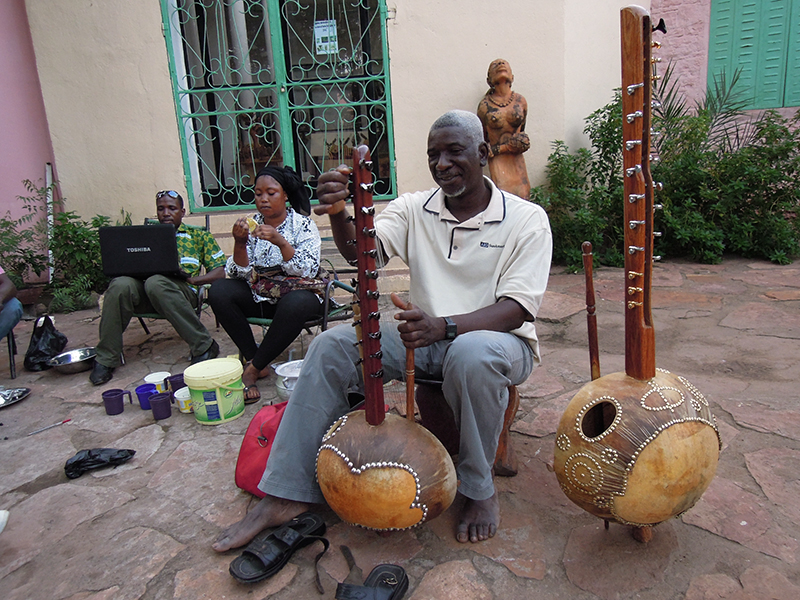Ethics and Aesthetics
|
Chapter 3: Ethics and Aesthetics observes the sounds and sentiments of personhood among Malian artists (artistiya) through close and sustained analysis of musical performance and perception. By listening in to a solo concert performance of a renowned kora virtuoso and an informal rehearsal of an up-and-coming Bamako band, this chapter describes how a culturally modeled musical aesthetics audibly signifies a dialectic social structure of collectively oriented morality and individually motivated ethics among artists and their audiences in Mali today.
|
KEY TERMS
WHO'S WHO
QUESTIONS FOR DISCUSSION
FURTHER READINGS & DISCUSSION
|
